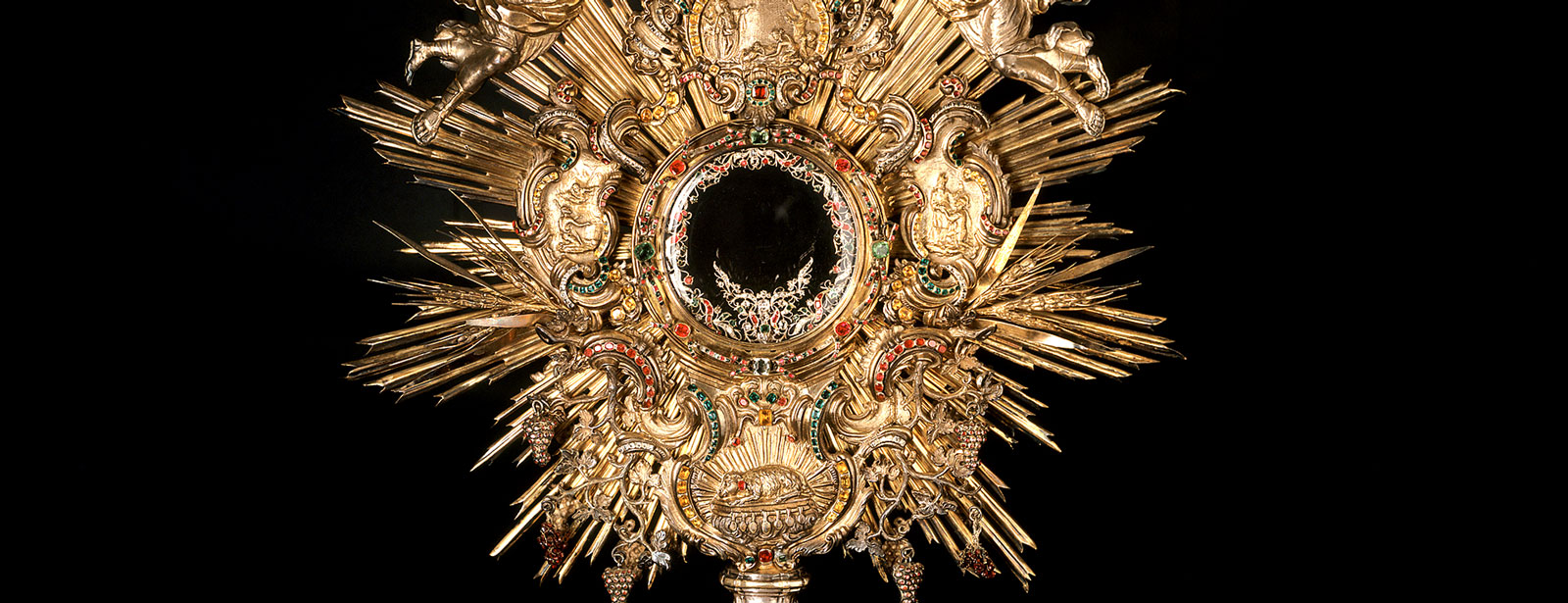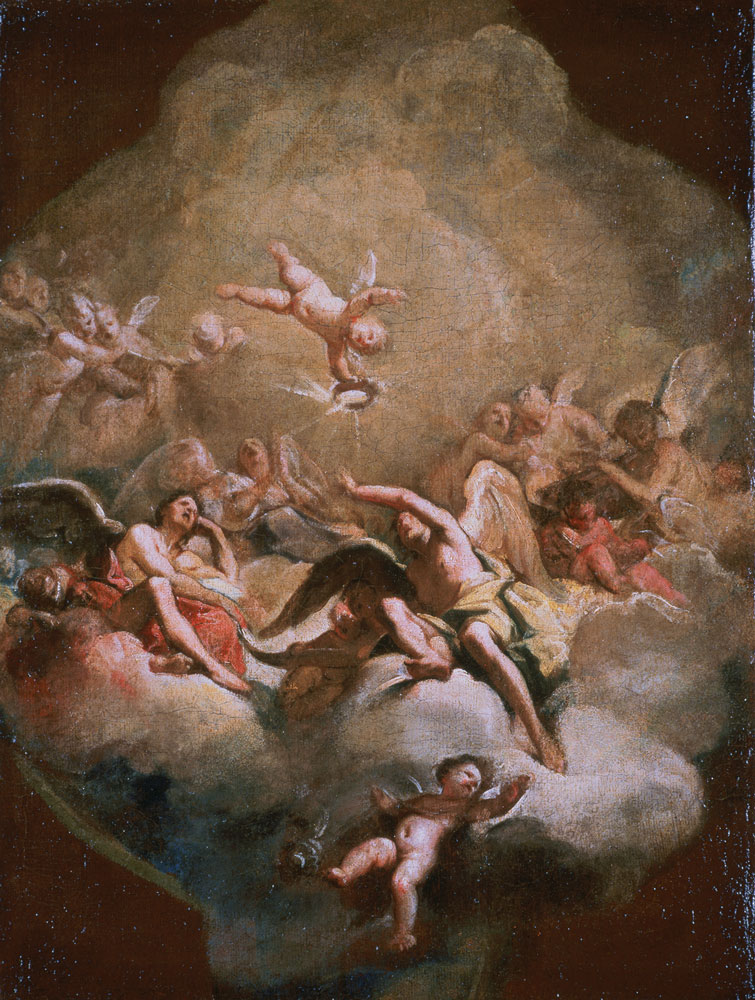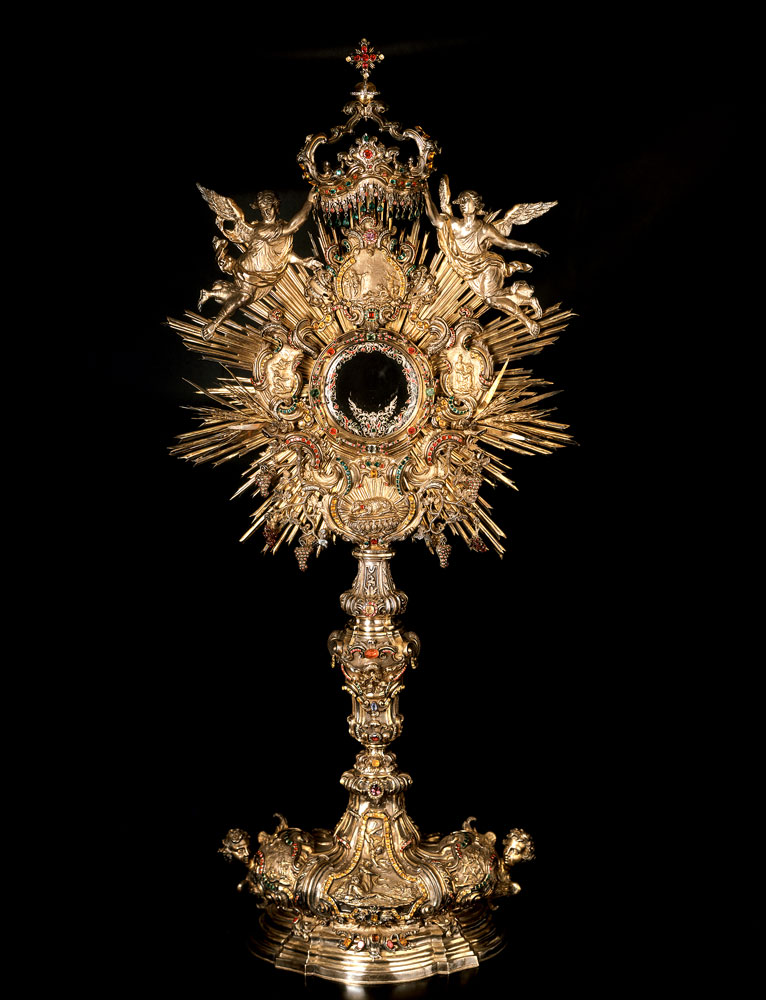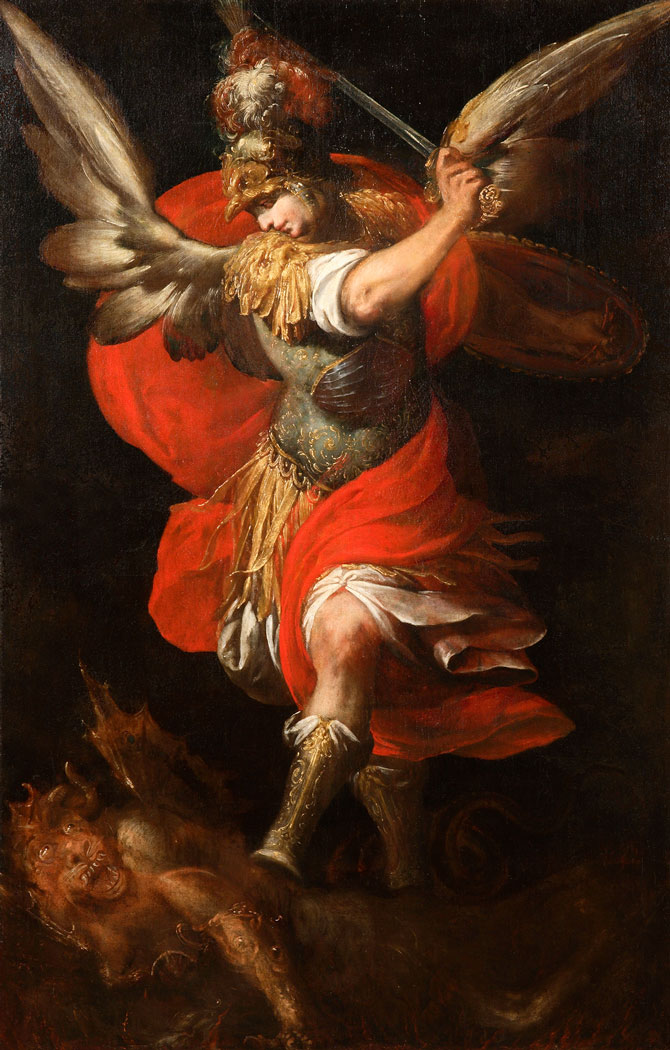The third part of the Gaiani section focuses on the artifacts that arrived at the Cathedral during the long period of Spanish and Austrian domination over Lombardy, when the building assumed its final appearance.
The first promoter of the new transformations was Archbishop Carlo Borromeo (1563-1584), who instituted the cult of the Sacred Nail contained in the Iron Crown and ordered the Chapter to adapt the building and its decoration to the liturgical norms established by the Council of Trent.
Started with the frescoes on the ends of the transept (1556-1580), the decorative interventions continued between the 16th and 18th centuries in the naves and chapels.
Entrusted to some of the greatest Lombard painters of the time and completed in 1753, these works transformed the cathedral into one of the most magnificent monuments of Lombard Baroque painting.
The paintings in the gallery exhibited in the museum bear witness to this, with works by artists such as Moncalvo, Procaccini, Nuvolone, and Sant’Agostino, alongside some sketches related to the frescoes created by Legnanino and Borroni.
In addition to the pictorial decoration and some important architectural interventions (new presbytery, bell tower, crypt, baptistery), the renovation of the church also involved the renewal of the liturgical furnishings.
New artifacts were added to the Treasury, which between the 16th and 18th centuries became enriched with a splendid assortment of Baroque reliquaries and liturgical objects, made by the most renowned Milanese goldsmiths.
A large part of this material is included in the museum path through a specially designed exhibition that allows for close and truly immersive viewing.









